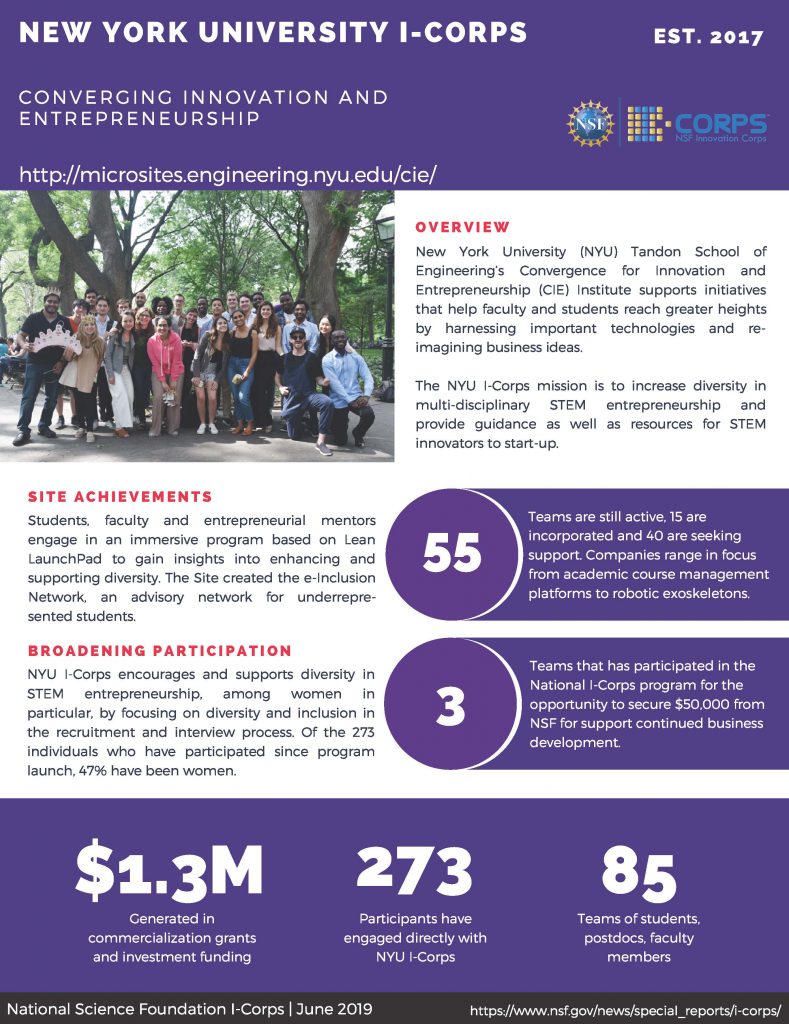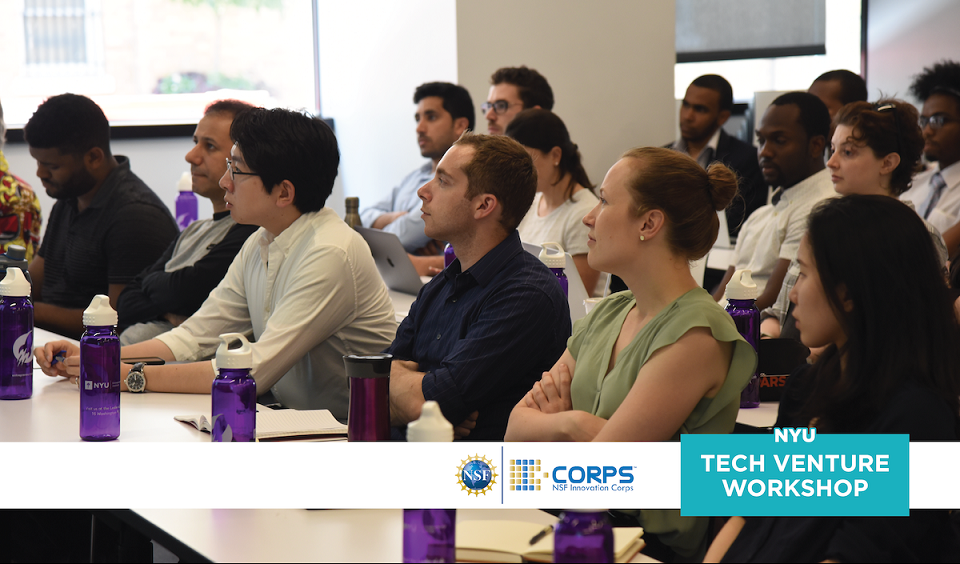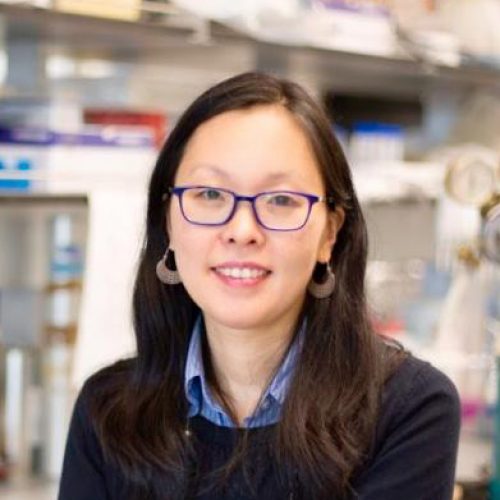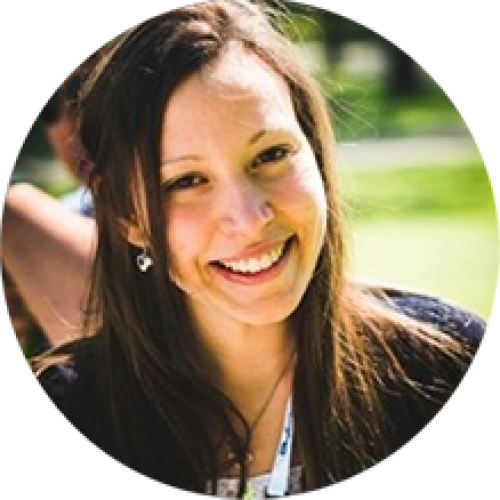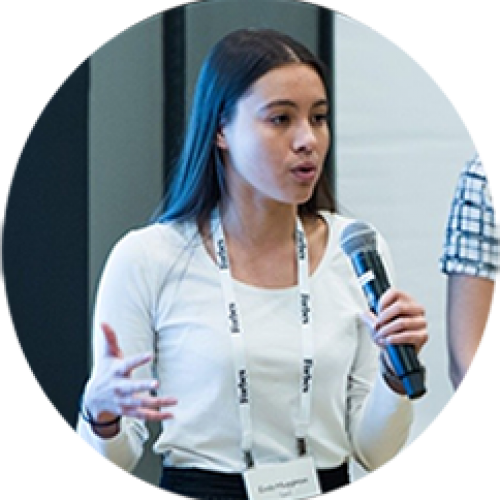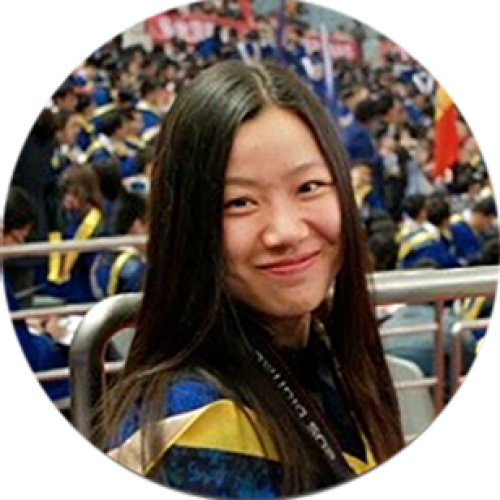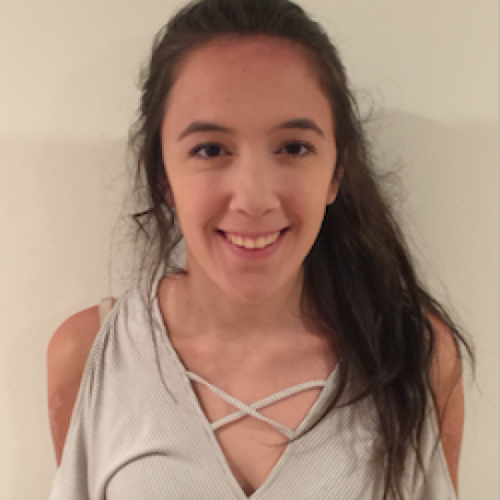DESCRIPTION:
“Pre-Capstone Innovation Experience” course is designed for our undergraduate engineering students in their sophomore/junior year, and is aimed at preparing them for capstone/senior design projects. This Course will better prepare them for senior capstone projects while providing them the skills to identify the important problem and crucial customer needs.
GOALS:
1) to provide students with multidisciplinary engineering prototyping tools spanning biological engineering to circuit design;
2) to expose student to customer discovery process and Lean Launchpad methods;
3) to facilitate E-team formation around multidisciplinary groups;
4) to prepare students for innovative capstone prototypes and transform them to commercial ventures.
WHAT CURRENTLY EXISTS:
Academically, our undergraduate engineering students begin their college careers with a freshman forum course, EG 1001/1003, devoted to getting them to think as entrepreneurs about solving technical and scientific problems. While there are student competitions and entrepreneurial clubs (vide infra) to provide incentives for engaging in customer-centered challenges, there is really no curricular exposure to such entrepreneurial endeavors until possibly in the senior capstone project, where a limited number of our students identify crucial challenges and problems to address. In fact, many of our undergrads struggle with finding a worthwhile engineering problem, let alone one that has a real customer need.
WHERE ARE THE GAPS?
A fundamental gap is that there is limited curricular content that help prepare our engineering seniors for: (1) identifying a suitable ‘real-world’ problem and (2) engaging in multidisciplinary teams. Foremost, the engineering curriculum for most majors is very structured with very little to exposure of other disciplines beyond their home department, requiring students to engage in entrepreneurial activities as extra-curricular. Secondly, our pedagogies have been slow to embrace multi- disciplinary given that our training as educators has been more traditional.
SOLUTION:
We are piloting an upper-level course that would feature three research-active faculty members who take four weeks of the course each to engage students in engineering tools. Students will form teams after learning about the tools and develop multidisciplinary semester-long projects that students could pursue as a capstone. After the engineering tools introduction and team development, the students will then undergo ideation and business model validation and customer development portion. Understanding the customer’s needs is essential to generating a viable business; this customer insight achieved through experiential team-based learning is central to the proposed class. We will focus on assembling 5-6 teams bearing groups of 3-4 students. The teams will be responsible for developing value propositions based on the technology and will test them through the customer discovery process. They will test new hypotheses on the value proposition for a particular customer segment. Each link from IP to a particular customer segment will be assessed through direct interviews. From this student teams will gain insights into the market.

